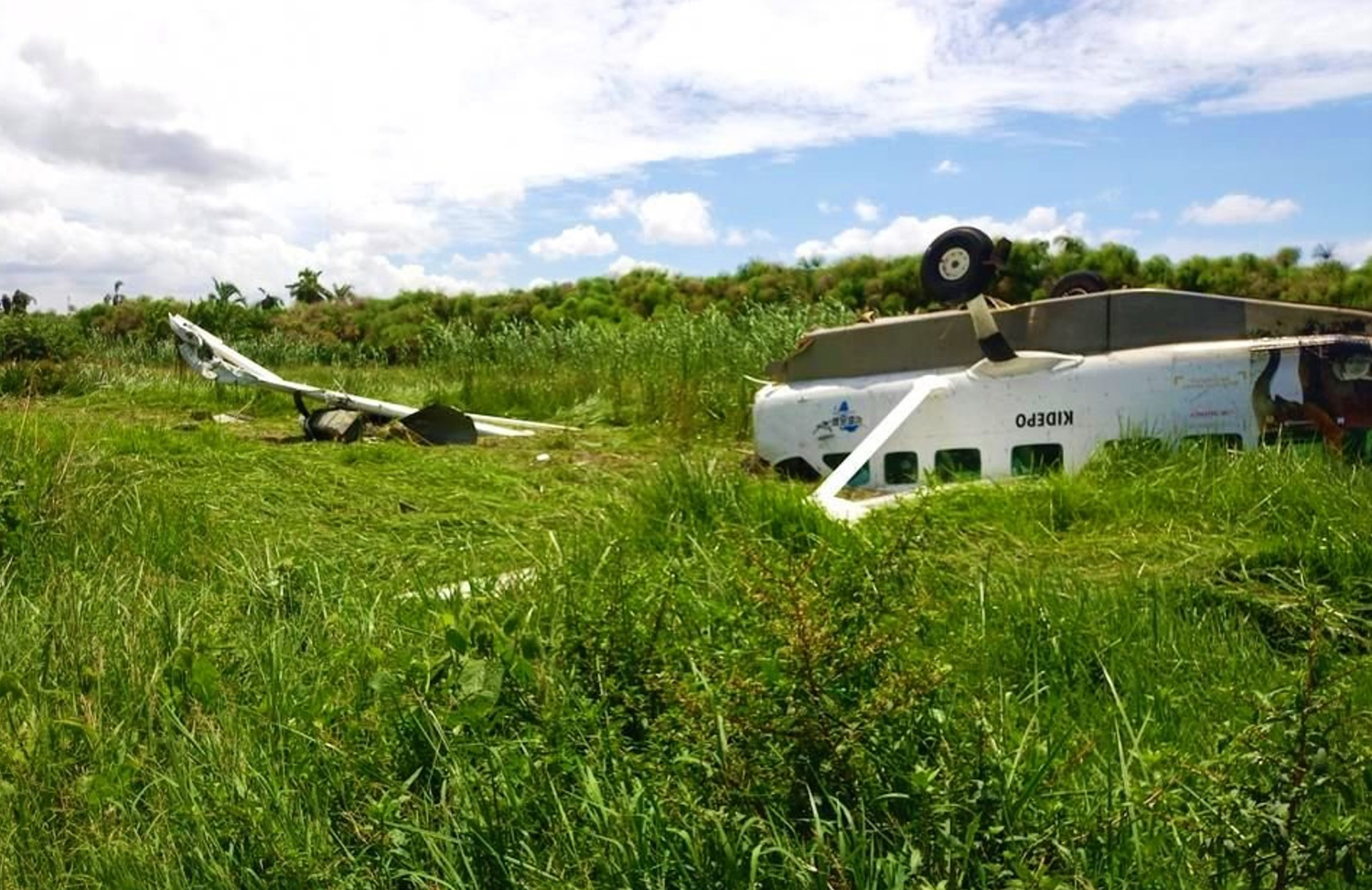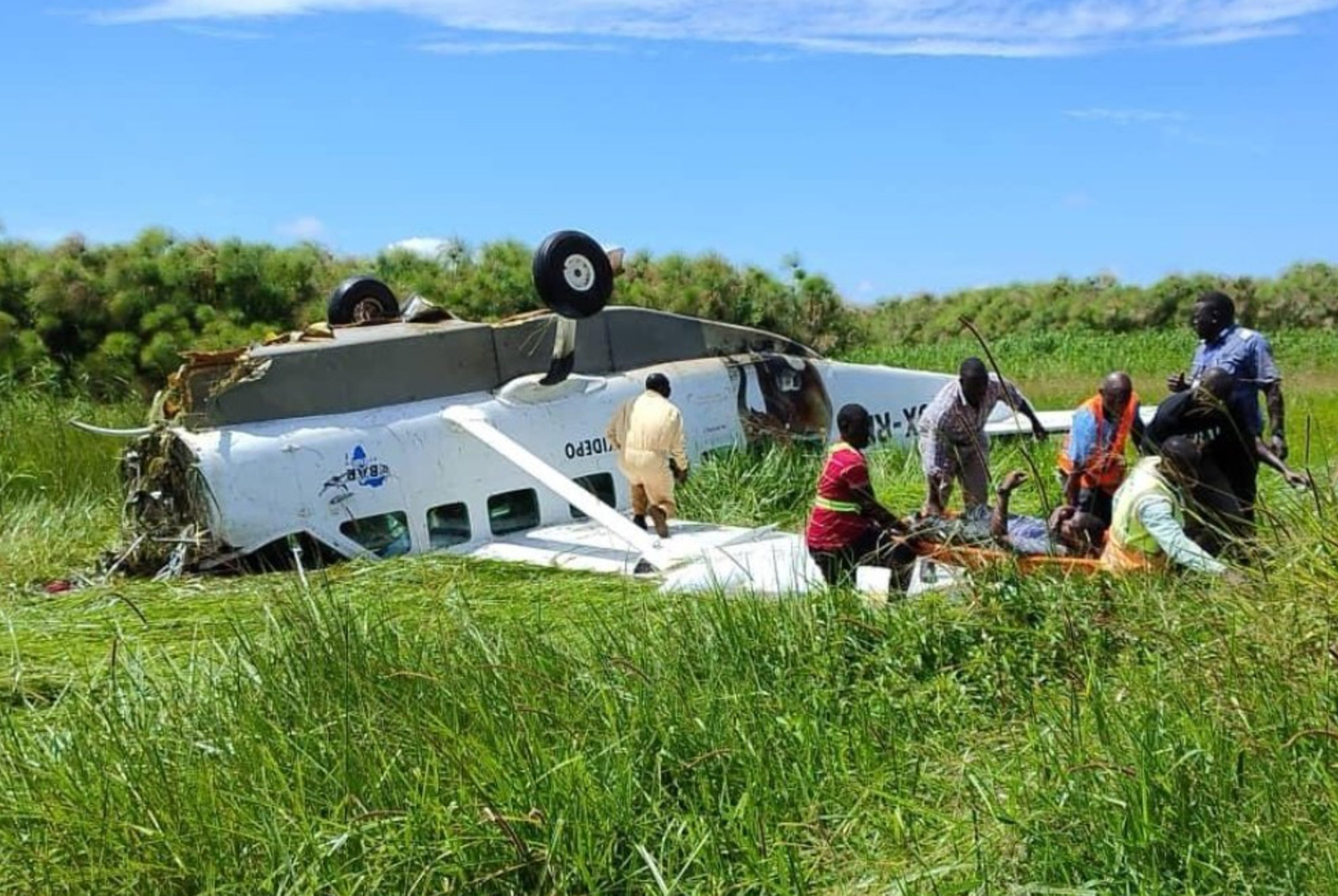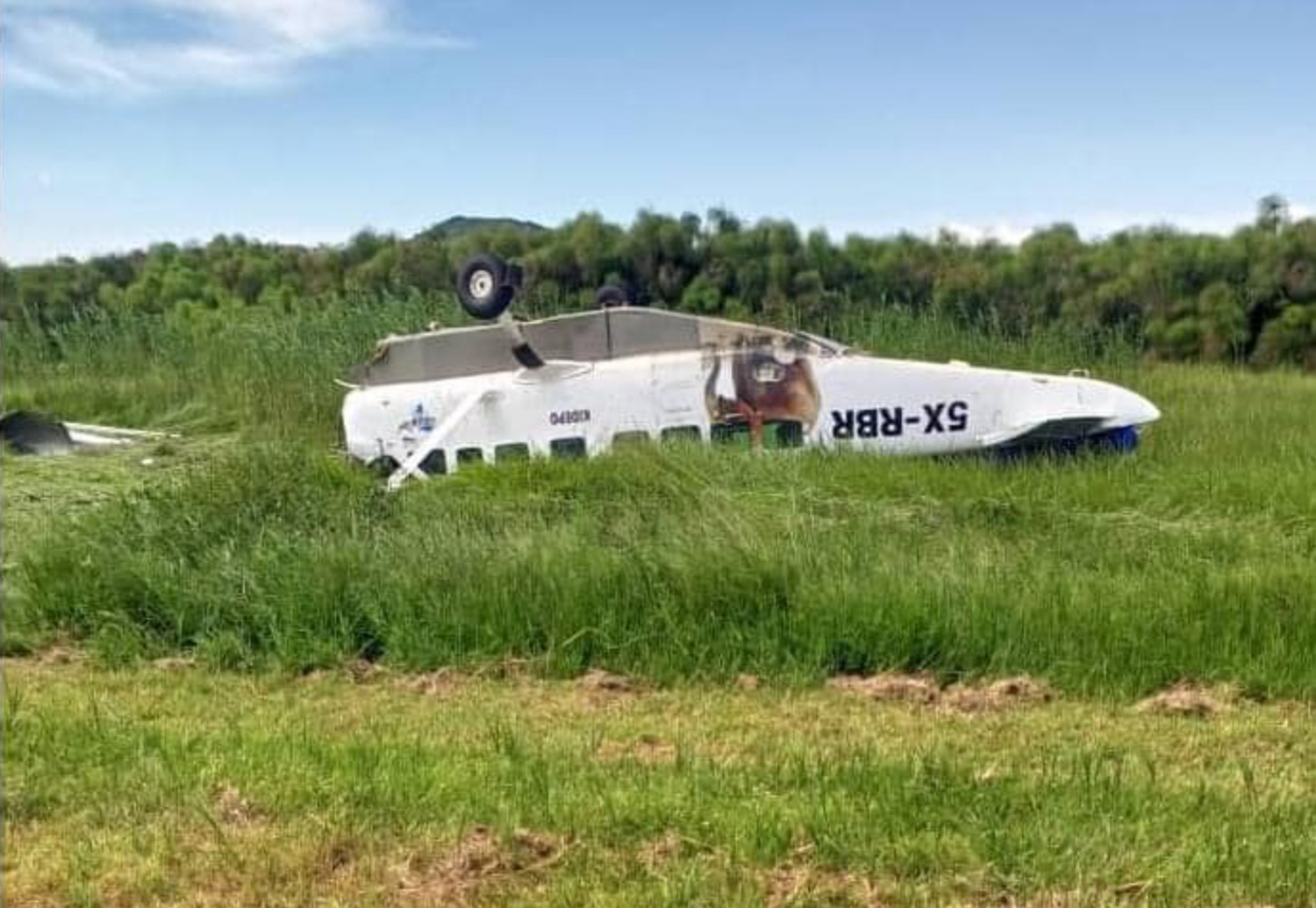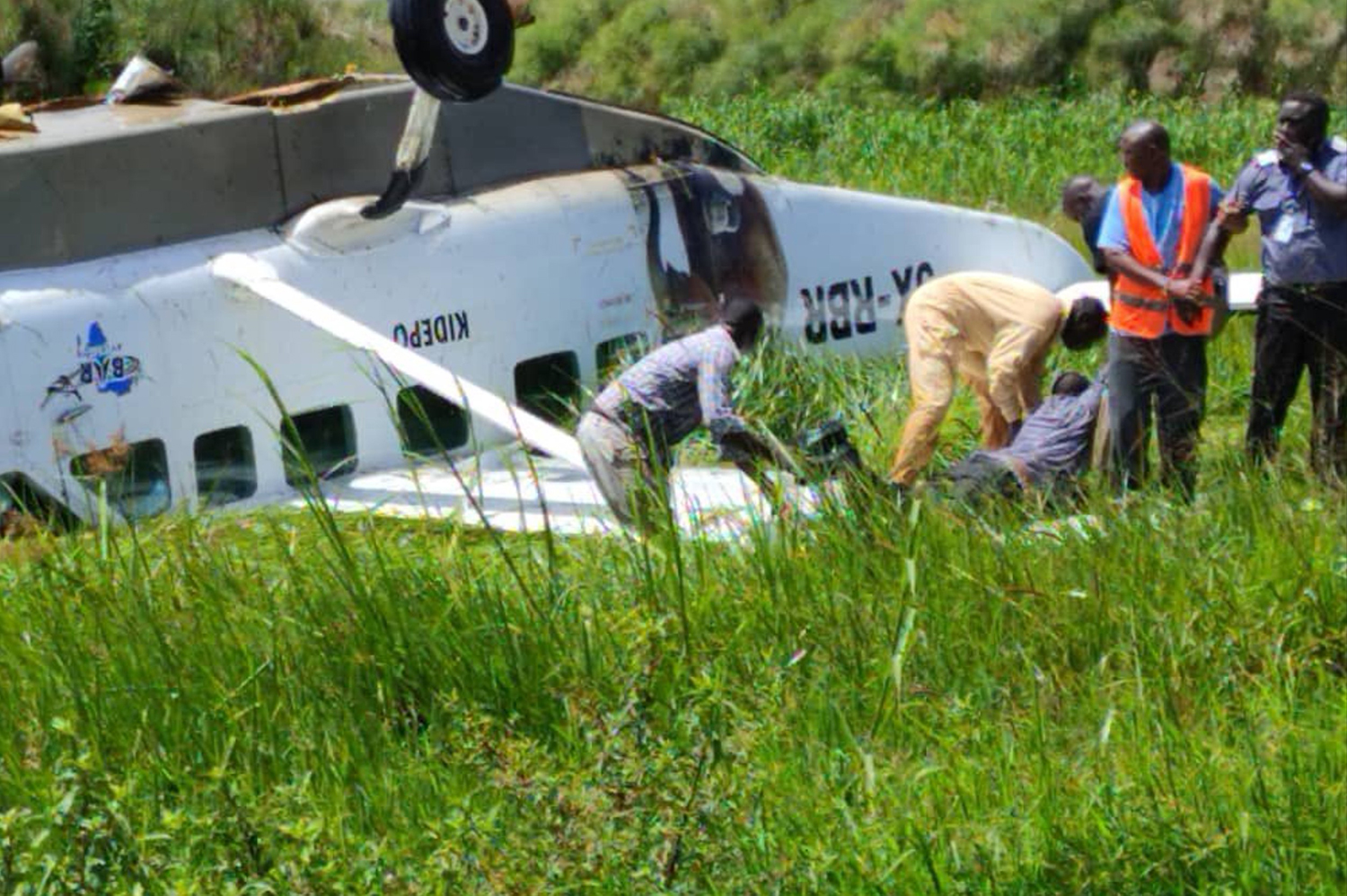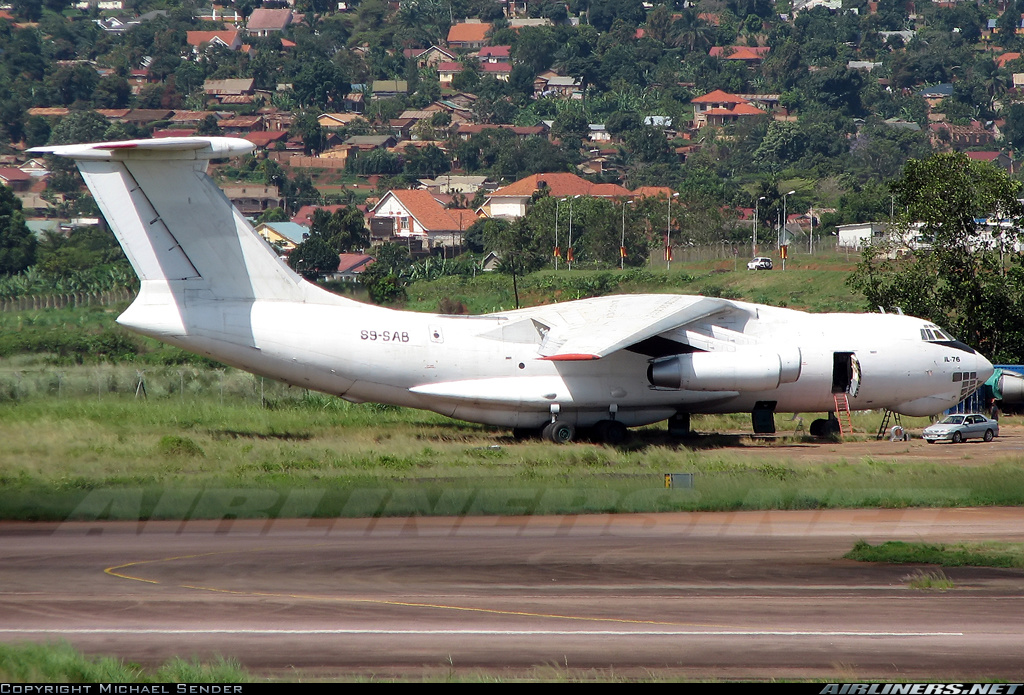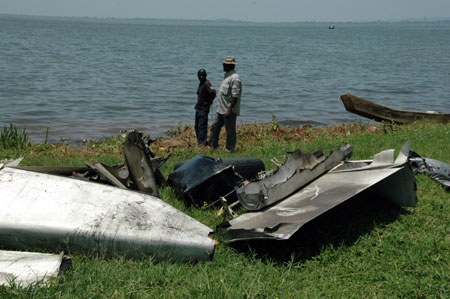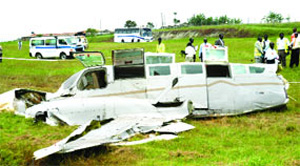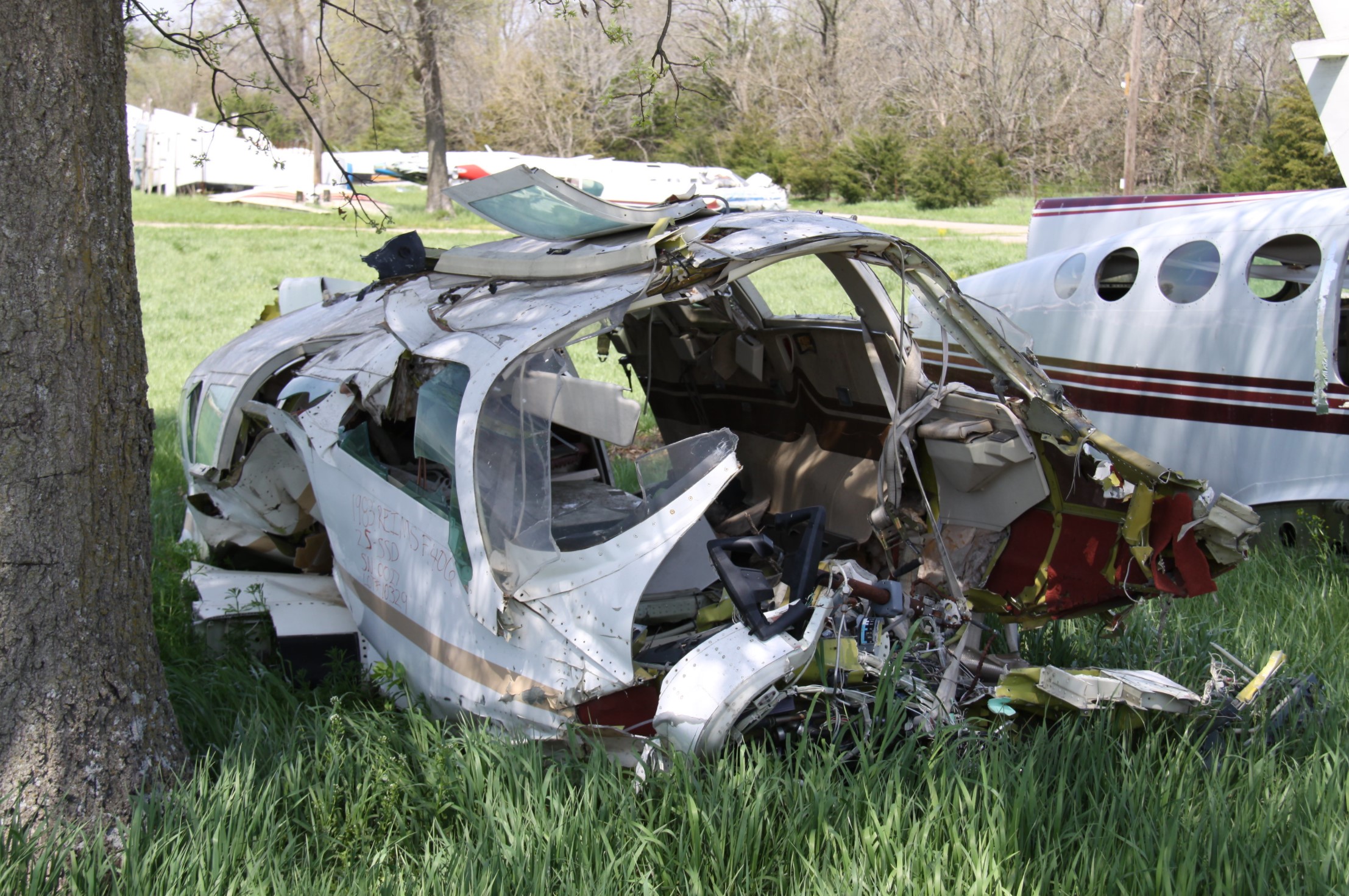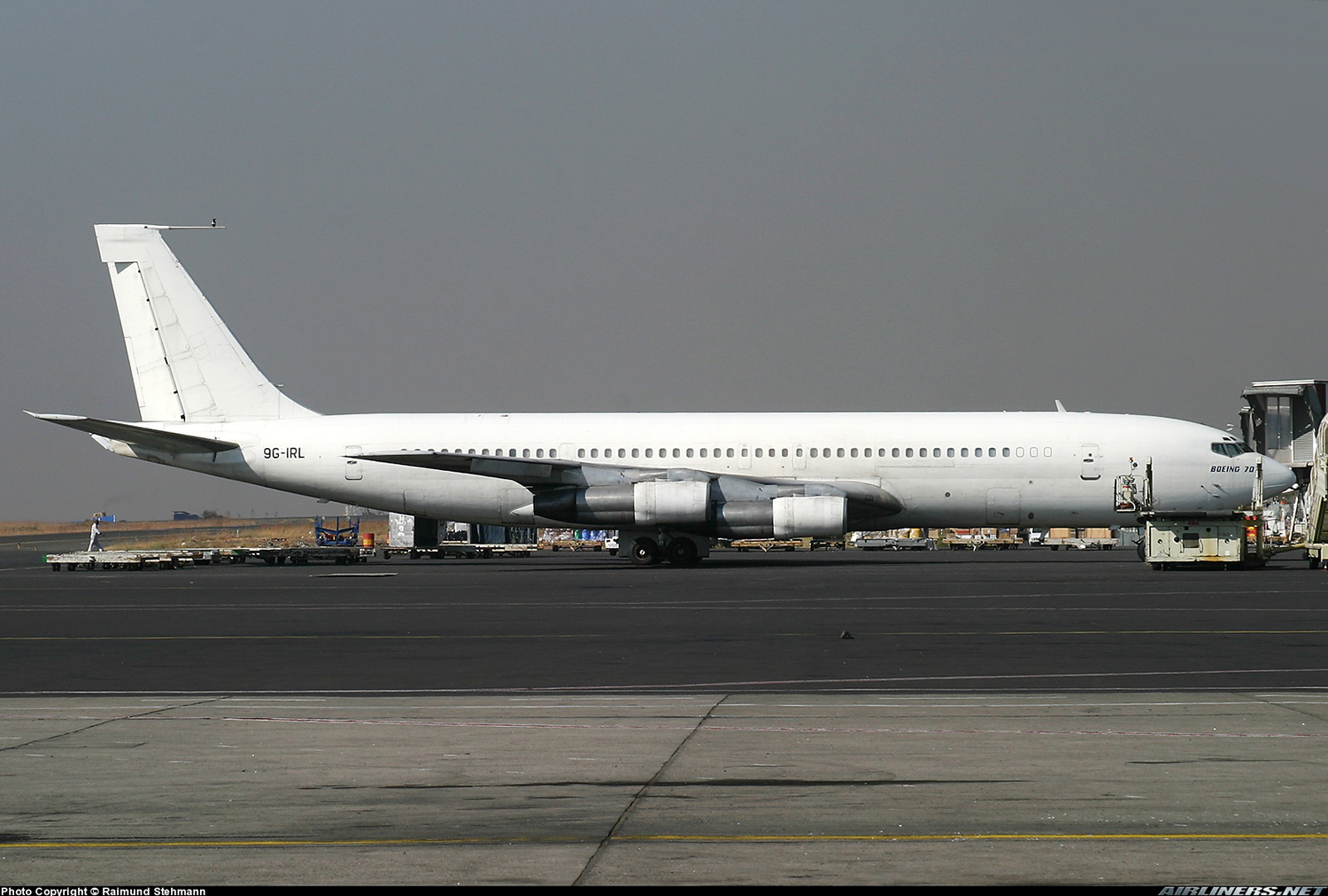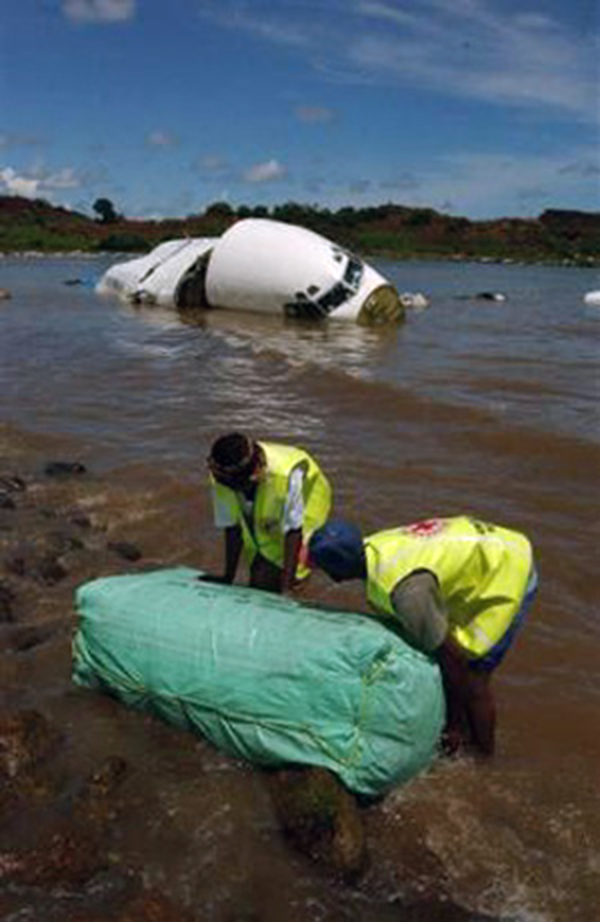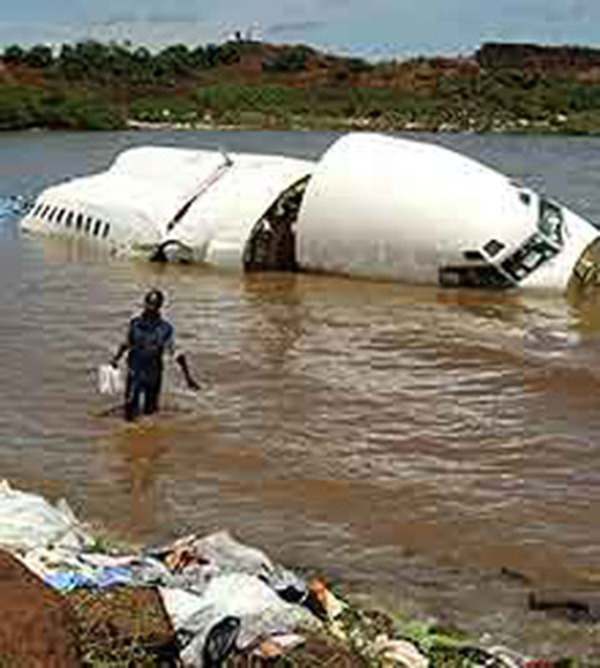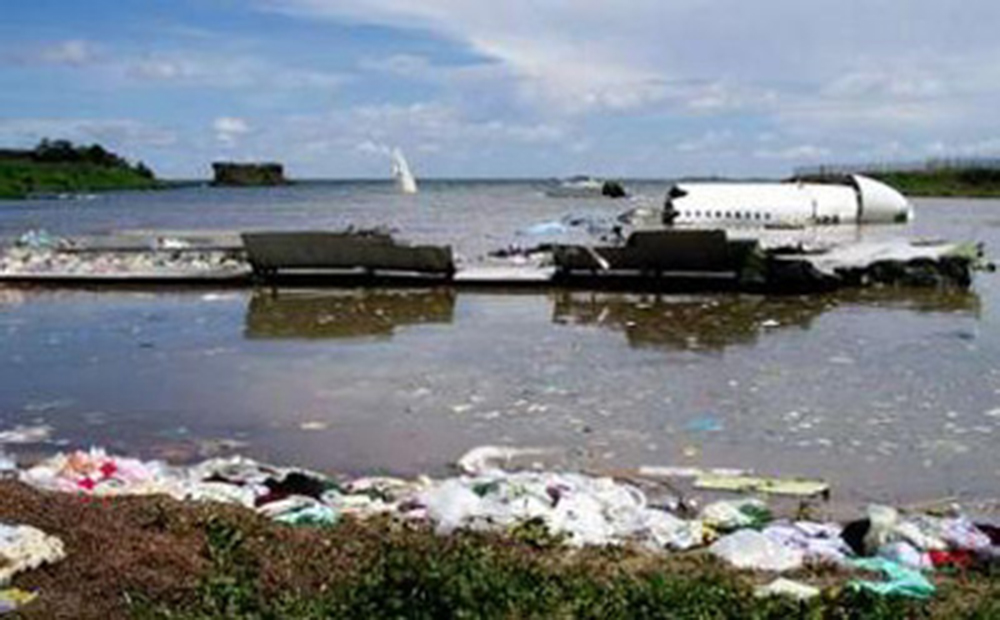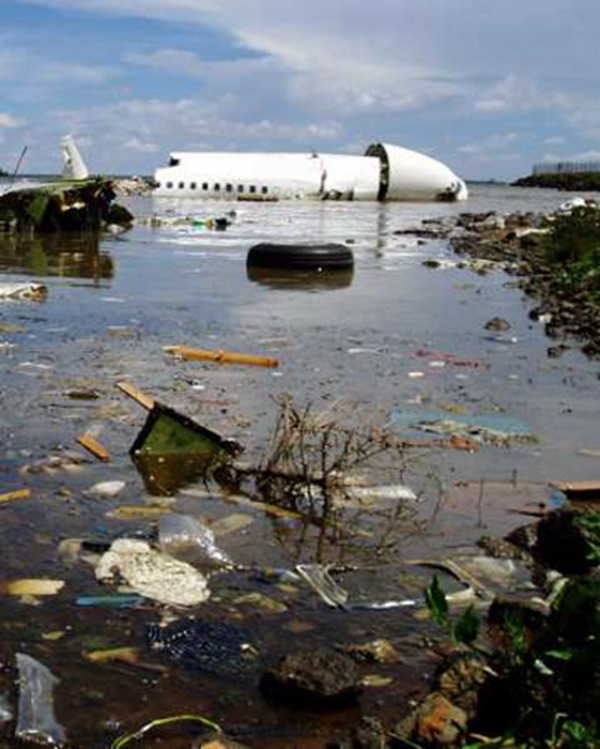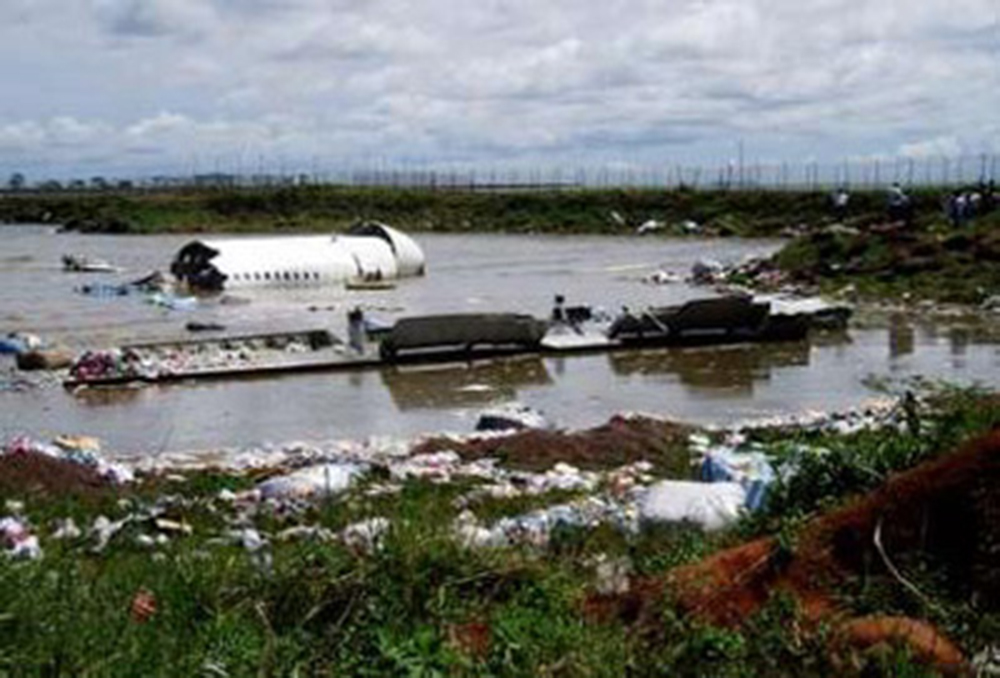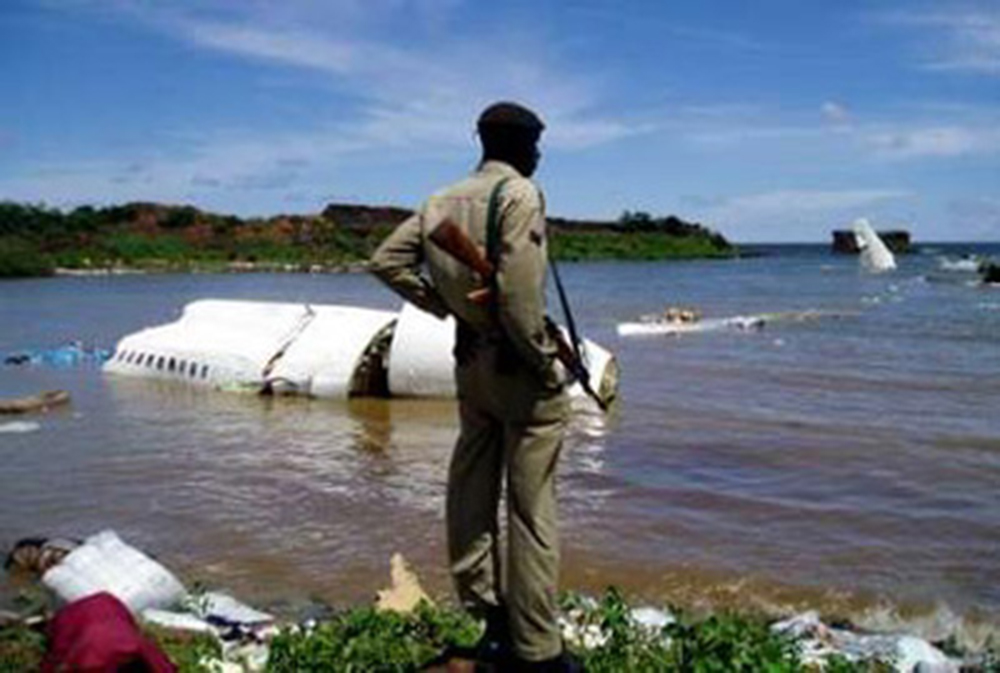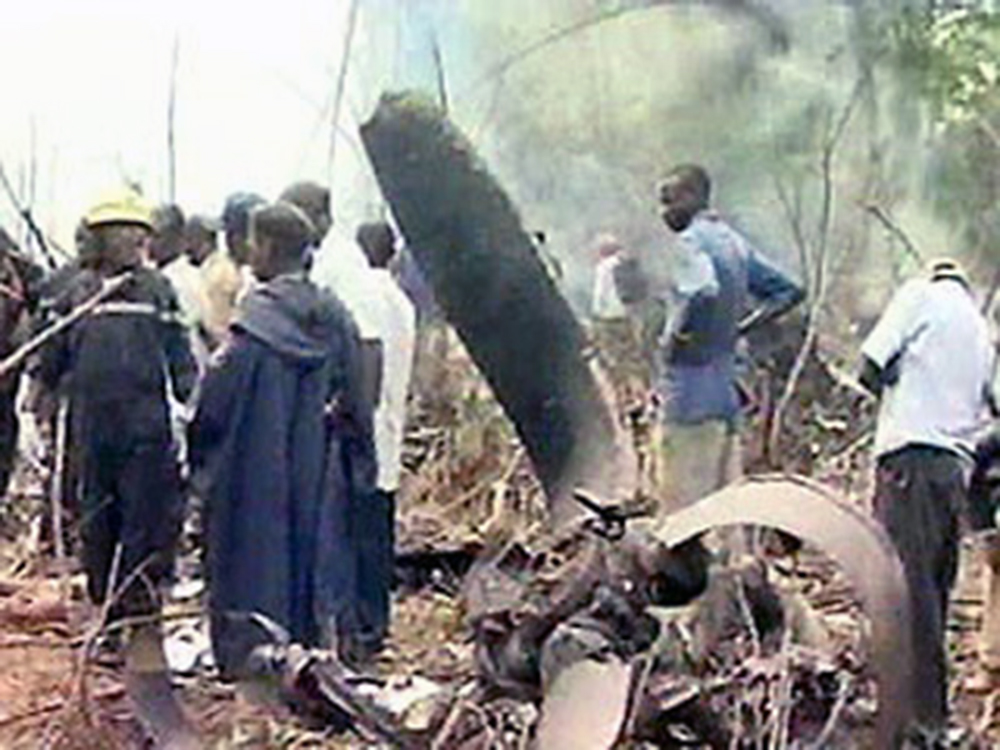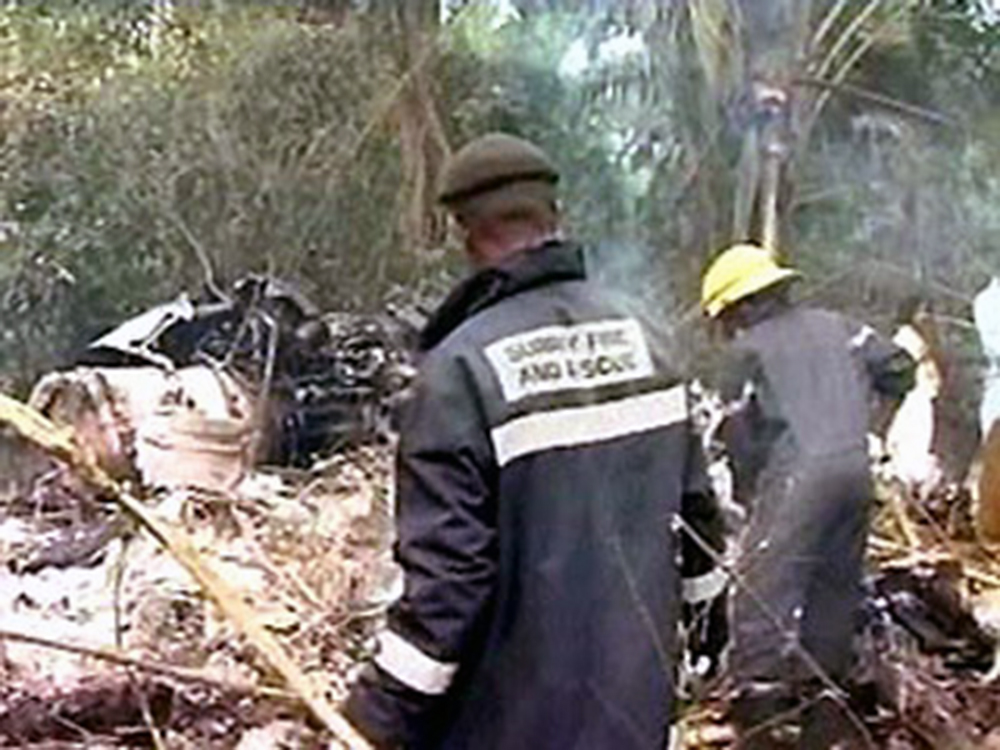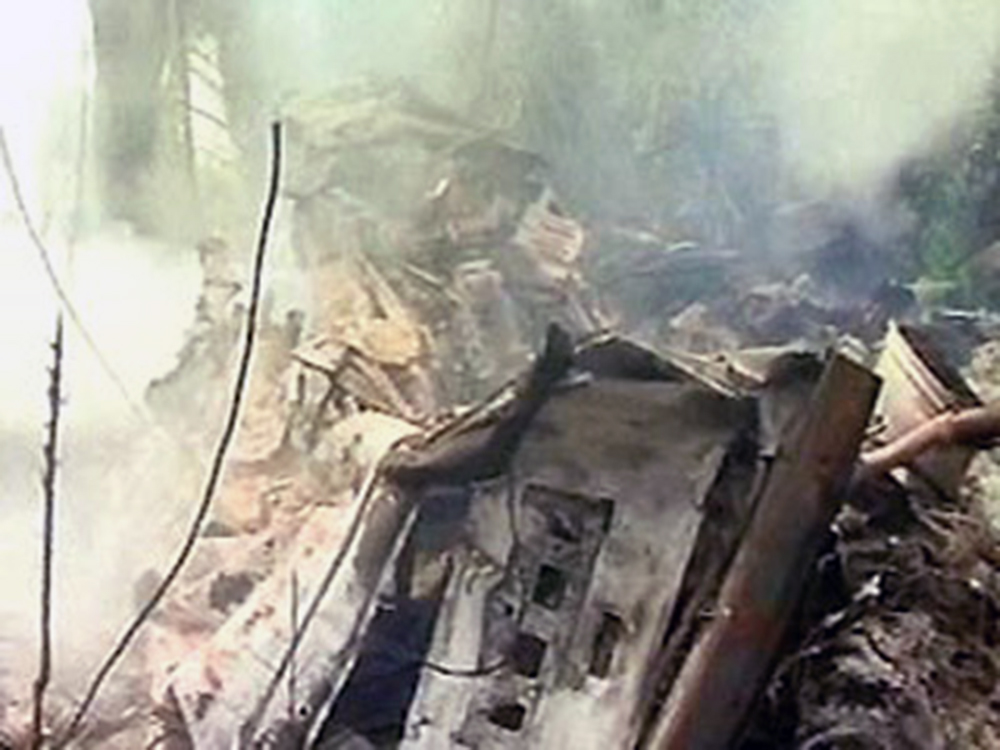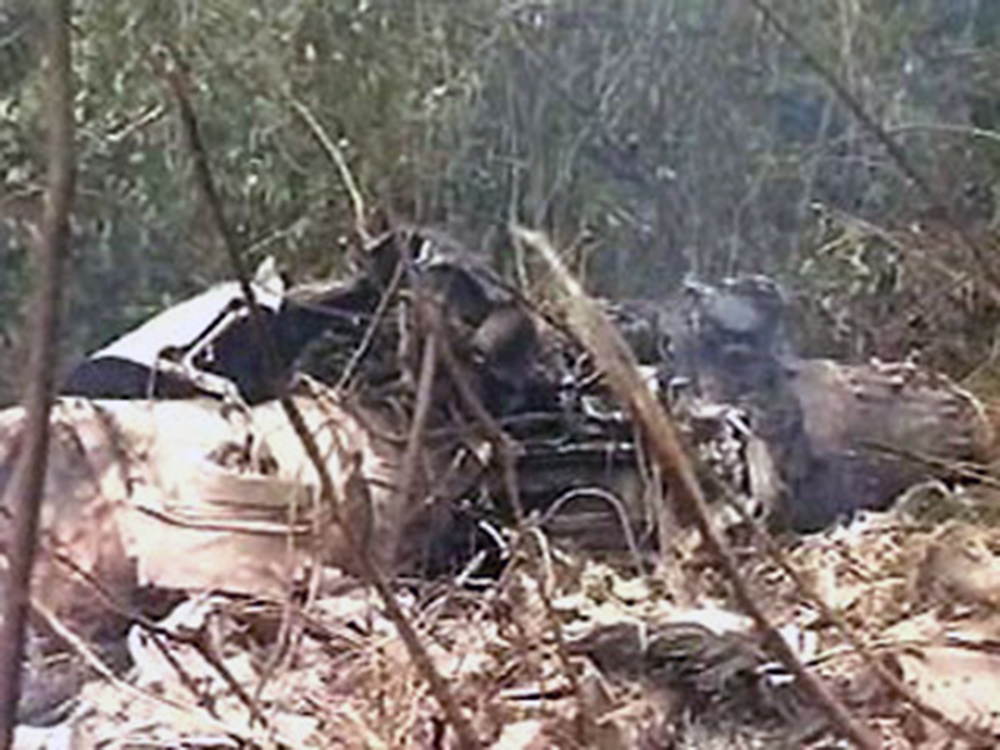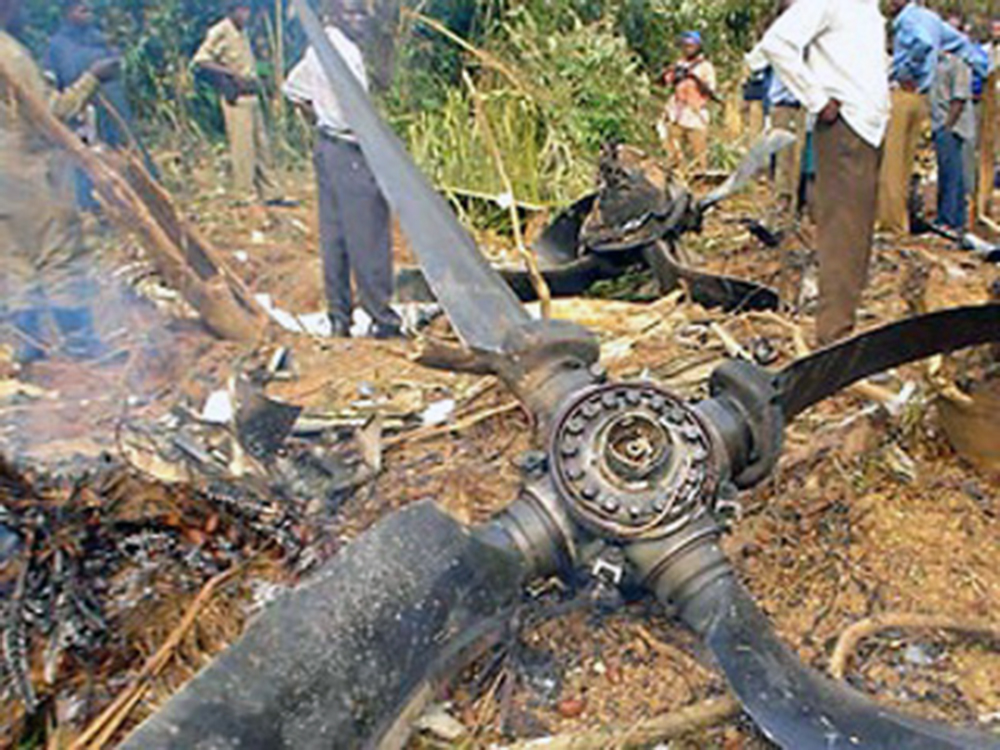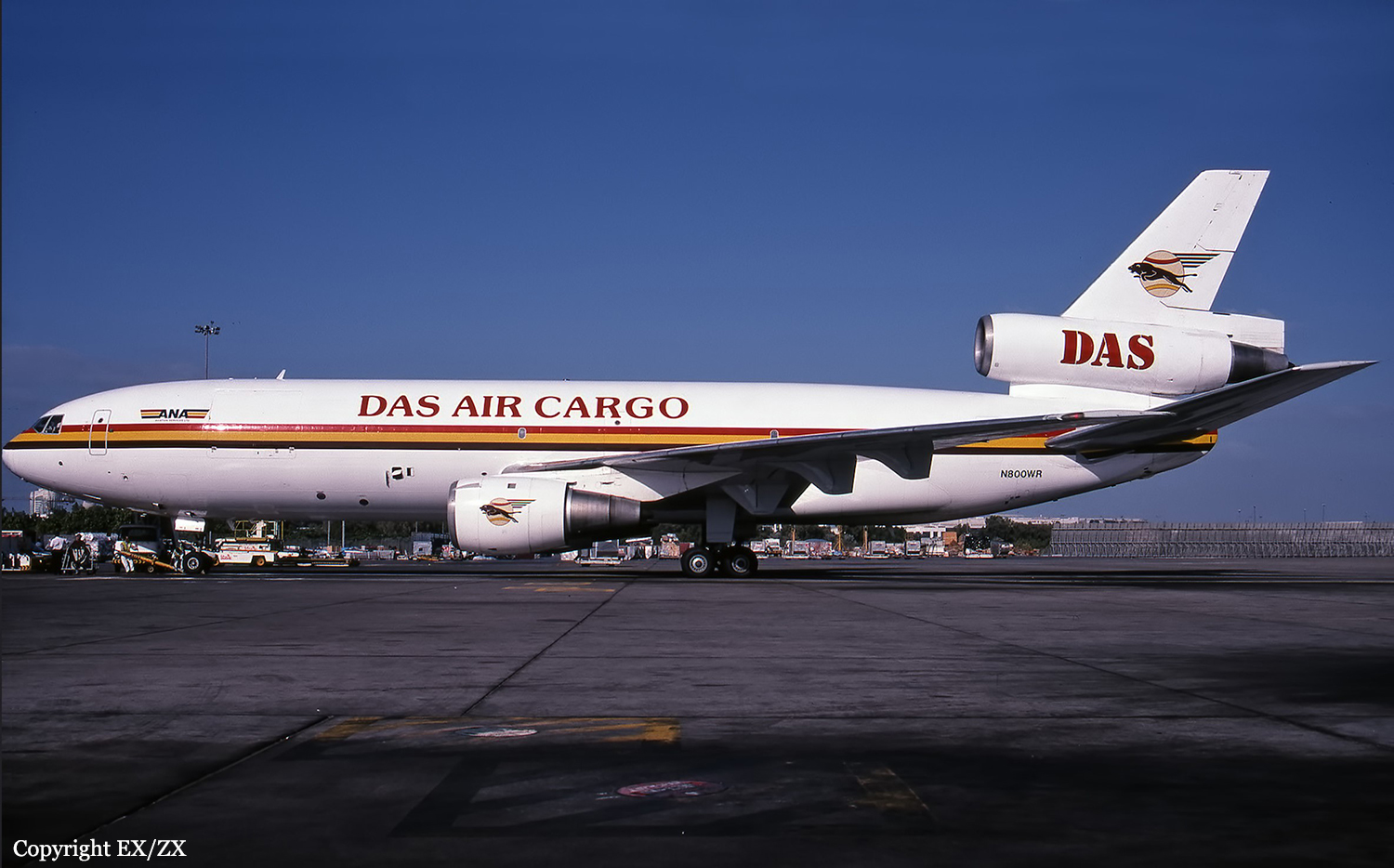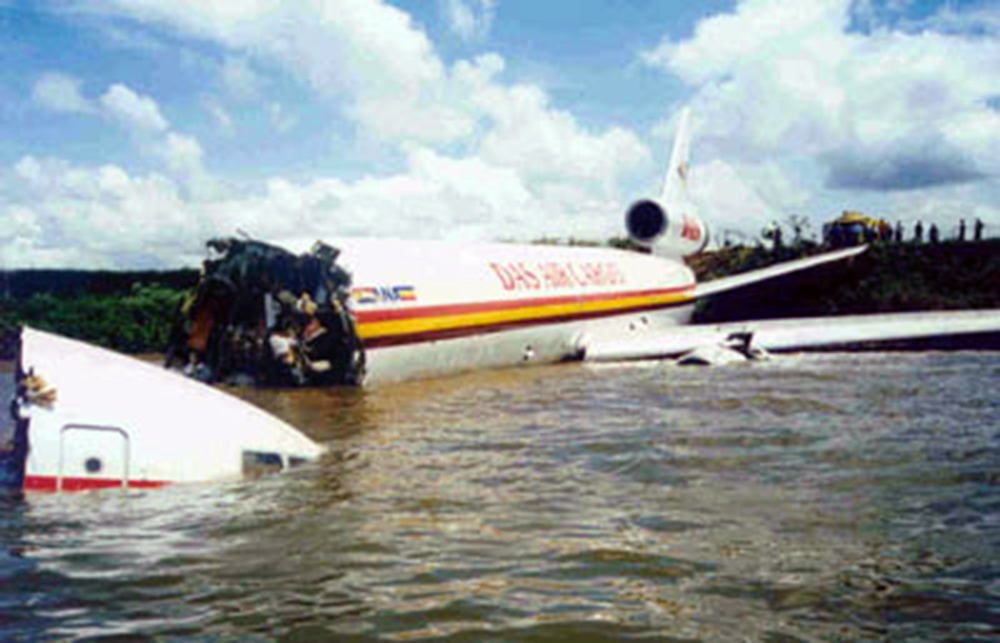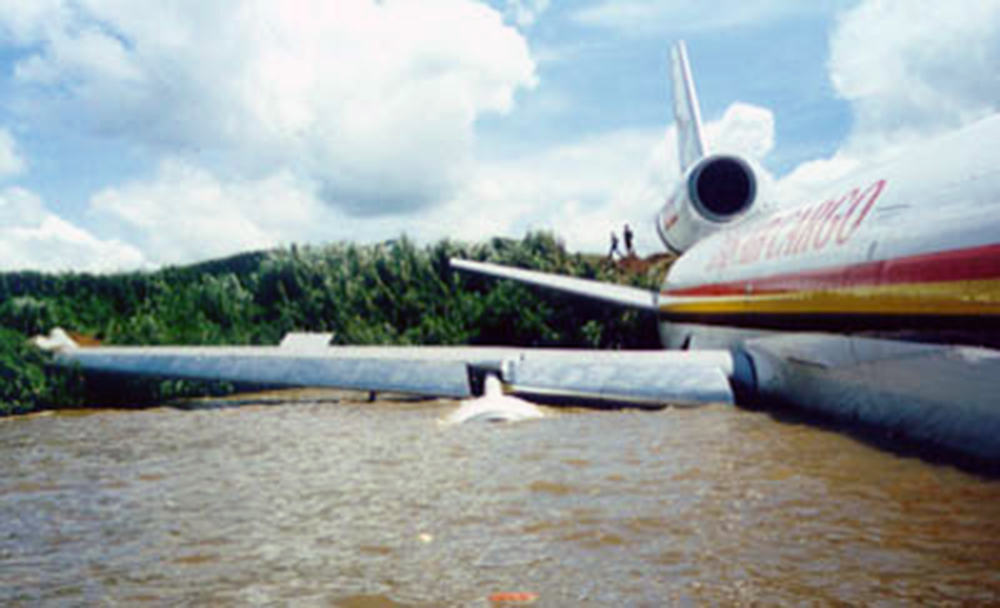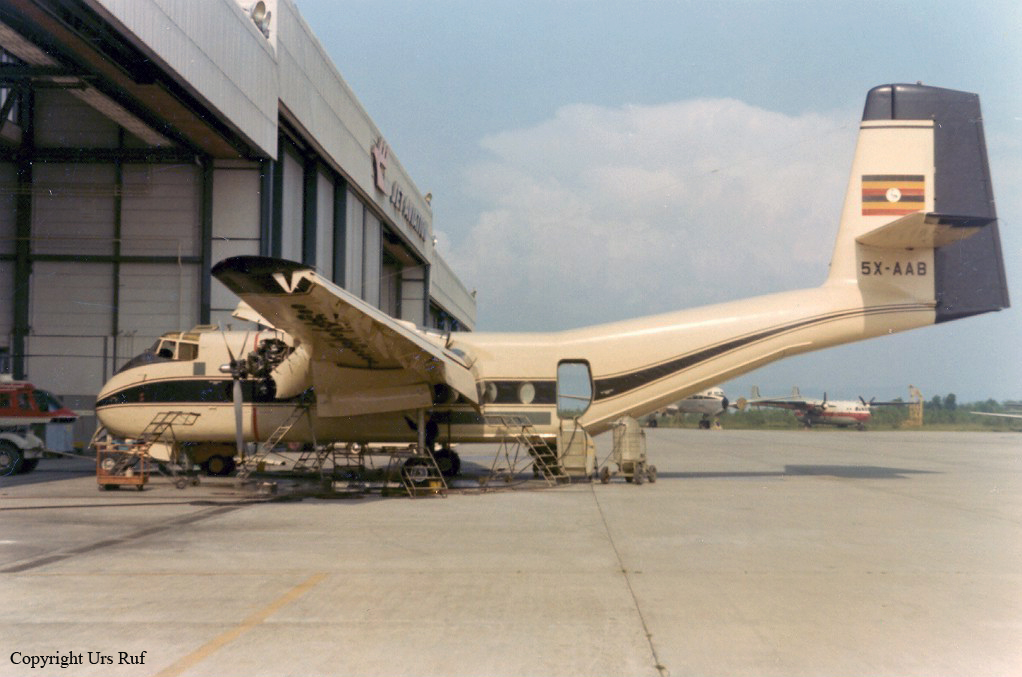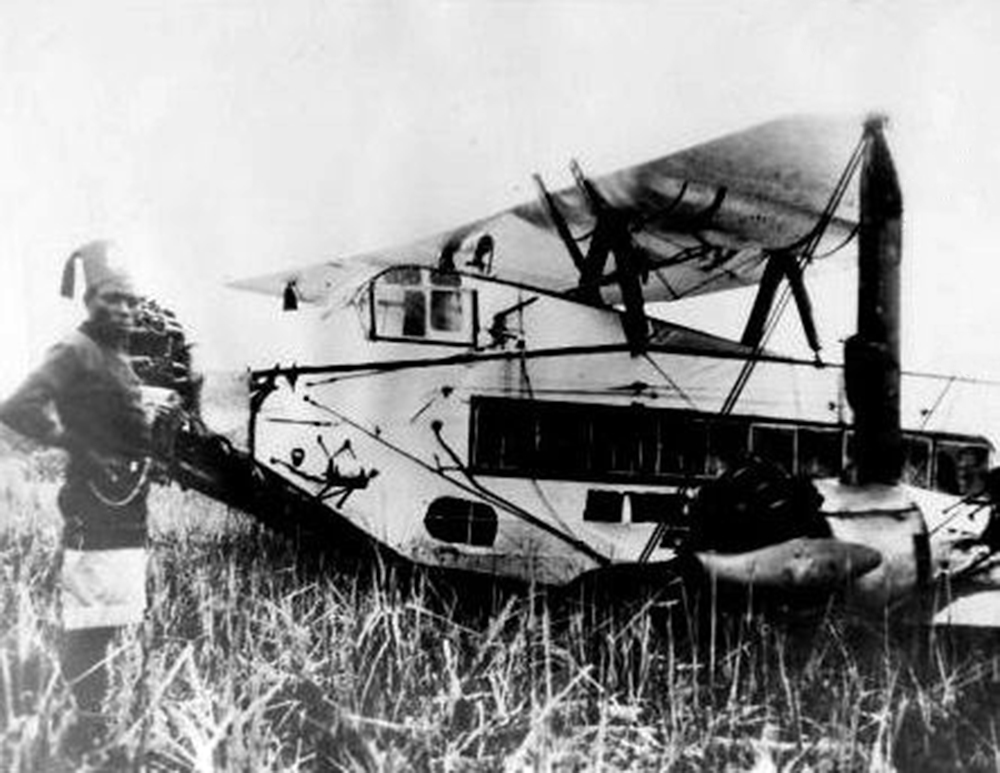Crash of a Cessna 208B Grand Caravan in Kampala
Date & Time:
May 12, 2023 at 1219 LT
Registration:
5X-RBR
Survivors:
Yes
Schedule:
Kampala - Mweya
MSN:
208B-1291
YOM:
2007
Crew on board:
2
Crew fatalities:
Pax on board:
0
Pax fatalities:
Other fatalities:
Total fatalities:
0
Circumstances:
Shortly after takeoff from Kampala-Kajjansi Airport, the crew encountered technical issues and elected to return for an emergency landing. Upon touchdown, the single engine airplane went out of control, lost its left wing and engine before coming to rest upside down in a grassy area. Both pilots were rescued, the copilot was slightly injured and the captain was seriously injured. The crew departed Kajjansi Airfield on a positioning flight to Mweya to pick up passengers to Entebbe.
